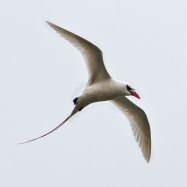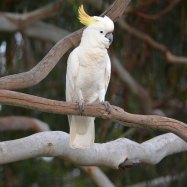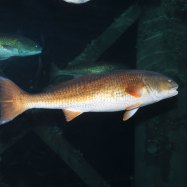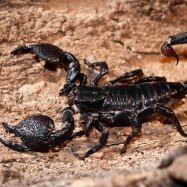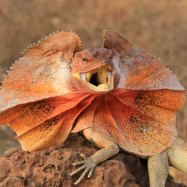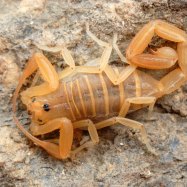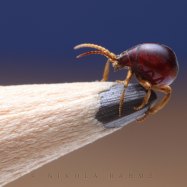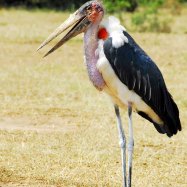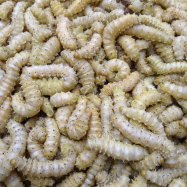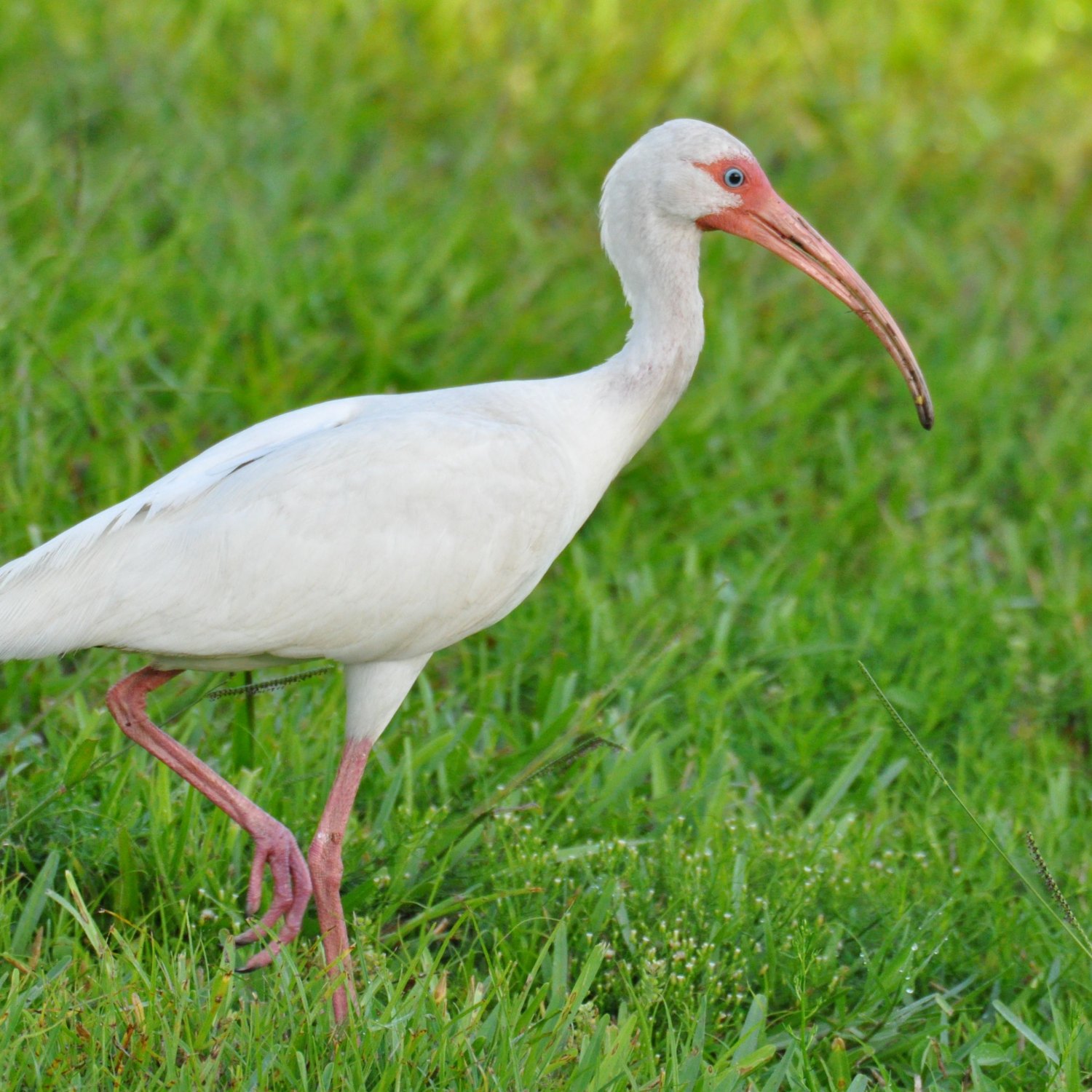
Ibis
60-75 cm (24-30 inches)
Ibis, large wading birds found in tropical and subtropical regions, are known for their distinctive long, curved beaks. With an average length of 60-75 cm (24-30 inches), they belong to the Threskiornithidae family. These elegant birds are truly a sight to behold in their natural habitat. #Animals #Ibis #WadingBirds #Tropical #Subtropical #Threskiornithidae
Animal Details Summary:
Common Name: Ibis
Kingdom: Animalia
Habitat: Wetlands, marshes, mudflats, grasslands
The Fascinating World of Ibis: A Unique Wading Bird
Have you ever seen a large, white bird with long legs and a curved beak walking gracefully through a wetland? If you have, then chances are you have spotted an ibis, one of the most unique and fascinating birds in the animal kingdom. With their distinctive appearance, incredible adaptations, and widespread distribution, ibises have captured the attention of birdwatchers, nature lovers, and scientists alike. In this article, we will take a closer look at these incredible creatures, from their taxonomy and habitat to their behavior and conservation status.The Taxonomic Classification of Ibis
Before we delve into the fascinating world of ibises, let's first understand the scientific classification of this beautiful bird Ibis. Ibis belongs to the family Threskiornithidae, which is a part of the order Pelecaniformes. This order includes other waterbirds like pelicans, herons, and storks. The Threskiornithidae family is further divided into five subfamilies, with ibises falling under the subfamily Threskiornithinae.The Distribution and Habitat of Ibis
Ibises can be found in various parts of the world, including Africa, Asia, Europe, and the Americas. They are most commonly found in tropical and subtropical regions, where they prefer wetlands, marshes, mudflats, and grasslands. Each species of ibis has its preferred type of habitat, depending on factors such as food availability and nesting sites.The Physical Characteristics of Ibis
Ibises are large, long-legged wading birds with a unique appearance. They measure around 60-75 cm (24-30 inches) in length and have a wingspan of 75-95 cm (30-37 inches). Their most defining feature is their long, curved beak, which they use to forage and capture their prey Impala. Most ibis species are predominantly white, with black wingtips. Some species have colored patches on their heads, necks, or breasts, adding a splash of color to their appearance.The Feeding Behavior of Ibis
Ibises are carnivorous birds, which means they primarily feed on animals. Their diet includes a variety of insects, fish, frogs, and other small aquatic creatures that they find in their marshy habitats. They use their long beaks to probe the soft mud or shallow water, searching for prey. Once they find a suitable meal, they use their beaks to pick it up and swallow it whole.The Behavior and Social Structure of Ibis
Ibises are social birds that live in large groups known as colonies. These colonies can comprise hundreds to thousands of birds, providing safety in numbers against predators. Within these colonies, ibises form pairs during the breeding season, exhibiting monogamous behavior. However, outside of the breeding season, they may also form mixed flocks with other bird species.Like most birds, ibises are also known for their impressive flight abilities. They have powerful wings and can fly long distances for migration or to find new food sources. When flying, they extend their necks and legs, giving them a unique appearance in the sky.
The Conservation Status of Ibis
While ibises are widespread and found in many different habitats, some species are facing threats to their survival. Human activities such as habitat destruction, pollution, and illegal hunting have greatly impacted their populations. In some areas, ibises are also at risk due to invasive species, such as predators or diseases introduced by humans.Fortunately, many countries have recognized the importance of conserving ibises and their habitats, leading to various conservation efforts. For example, in Australia, the Australian White Ibis is protected under the Wildlife Conservation Act, and their habitats are managed to protect their populations. The Madagascar Crested Ibis, on the other hand, is classified as critically endangered, and conservation programs are in place to save this species from extinction.
The Unique Adaptations of Ibis
One of the most remarkable features of ibises is their long, curved beaks. This beak is specially adapted to their feeding behavior, allowing them to probe deep into the mud or water to find prey. The tip of their beak is sensitive, allowing them to detect prey even in low visibility conditions. Additionally, their beaks also have a serrated edge, which helps them grip and hold onto slippery prey.Another impressive adaptation of ibises is their ability to change their foraging behavior. During the wet season, when there is an abundance of prey, they will forage individually. However, in drier periods, when food is scarce, they forage in groups, working together to flush out prey from the mud.
The Cultural Significance of Ibis
Ibises have been an essential part of many cultures throughout history. In Ancient Egypt, the sacred ibis was considered a representation of the god Thoth, who was associated with writing, wisdom, and knowledge. Mummified ibises were also found in Egyptian tombs, signifying their cultural significance.In some cultures, ibises are also associated with good luck, prosperity, and longevity. For example, in China, the crested ibis is believed to bring good fortune and is a symbol of longevity. In Japan, the Japanese Crested Ibis is a national treasure and is considered a symbol of good luck.
The Future of Ibis
With their impressive adaptations and cultural significance, ibises have captured the hearts and minds of many. However, their survival is threatened, and it is our responsibility to ensure their future. By supporting conservation efforts, such as protecting their habitats and controlling human activities that harm them, we can help these unique birds thrive.In conclusion, ibises are fascinating creatures with a long, rich history and unique adaptations. From their taxonomy and distribution to their feeding behavior and cultural significance, there is so much to learn and appreciate about these birds. Let us all join hands in preserving their habitats and ensuring their survival for generations to come.

Ibis
Animal Details Ibis - Scientific Name: Threskiornithidae
- Category: Animals I
- Scientific Name: Threskiornithidae
- Common Name: Ibis
- Kingdom: Animalia
- Phylum: Chordata
- Class: Aves
- Order: Pelecaniformes
- Family: Threskiornithidae
- Habitat: Wetlands, marshes, mudflats, grasslands
- Feeding Method: Carnivorous
- Geographical Distribution: Africa, Asia, Europe, Americas
- Country of Origin: Multiple countries
- Location: Tropical and subtropical regions
- Animal Coloration: Mostly white with black wingtips, some species have colored patches
- Body Shape: Large, long-legged wading birds with long, curved beaks
- Length: 60-75 cm (24-30 inches)
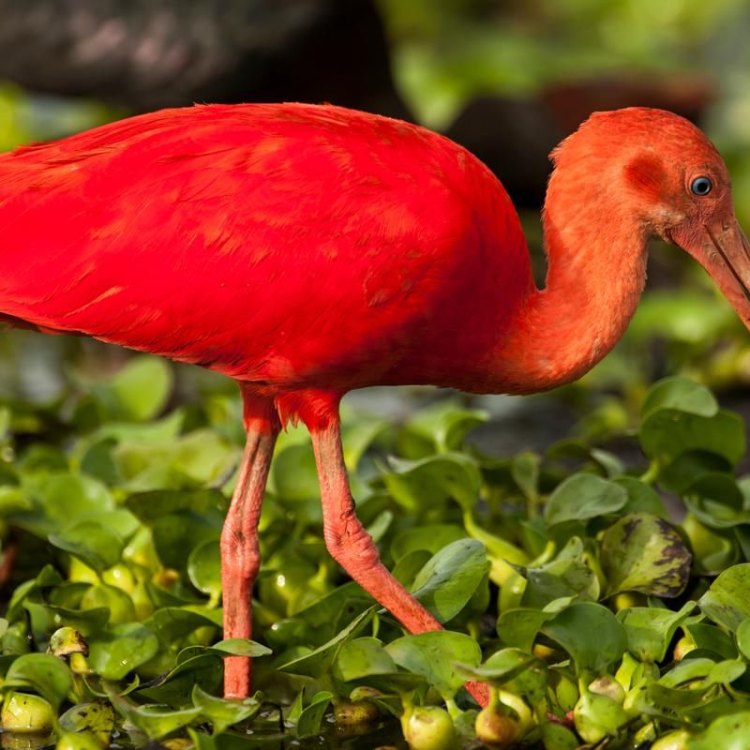
Ibis
- Adult Size: 60-75 cm (24-30 inches)
- Average Lifespan: 15-20 years
- Reproduction: Sexual
- Reproductive Behavior: Monogamous
- Sound or Call: Loud honking or grunting sounds
- Migration Pattern: Some species are migratory
- Social Groups: Colonial
- Behavior: Highly social, often seen in large flocks
- Threats: Habitat loss, pollution, hunting
- Conservation Status: Varies by species, some are endangered
- Impact on Ecosystem: Important for wetland ecosystems as they help control insect populations
- Human Use: Hunting, birdwatching
- Distinctive Features: Long, curved beak and long legs
- Interesting Facts: Ibises are known for their distinct long, curved beaks and are often found in wetland habitats. They are carnivorous and feed on a variety of small animals such as insects, crustaceans, and small fish. They are highly social birds and often form large flocks. Some ibis species are migratory, traveling long distances between their breeding and wintering grounds. Ibises play an important role in wetland ecosystems as they help control insect populations. Some species of ibis are endangered due to habitat loss, pollution, and hunting.
- Predator: Various predators depending on habitat and location
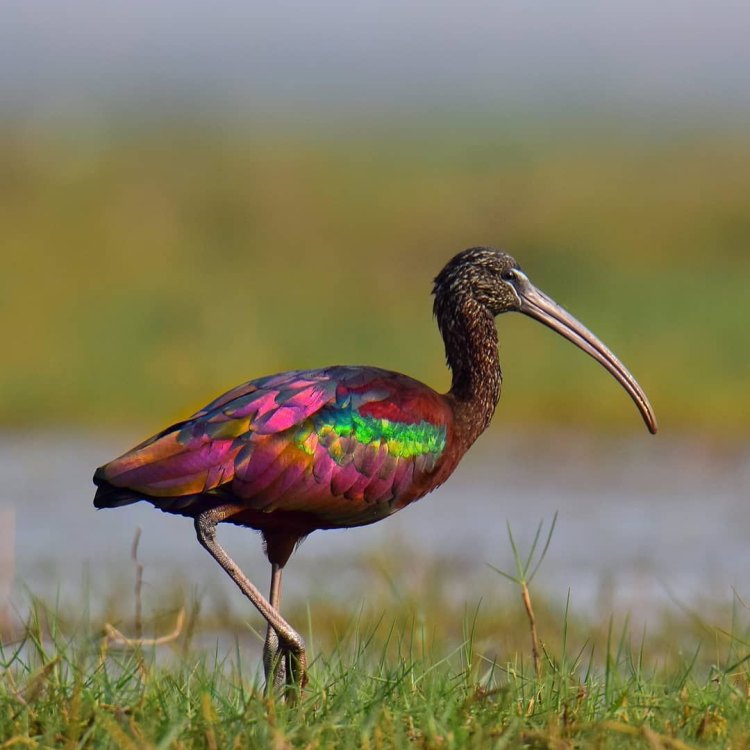
Threskiornithidae
The Fascinating World of Ibises: How These Iconic Birds Contribute to Our Ecosystems
The world is full of unique and diverse creatures, each with their own special characteristics and roles in our ecosystems. One such creature is the ibis, a bird known for its distinct long, curved beak and often found in wetland habitats. Ibises have played a significant role in human history and continue to have a crucial impact on our environment. Let's dive into the fascinating world of ibises and discover what makes them so special PeaceOfAnimals.Com.The Basics: Size, Lifespan, and Reproduction
Ibises are not the largest birds, but they certainly make an impression with their long, elegant bodies. They typically measure between 60-75 cm (24-30 inches) in length, making them the perfect size to navigate their wetland habitats. Their average lifespan is between 15-20 years, with some individuals living even longer in captivity.When it comes to reproduction, ibises exhibit sexual reproduction, with males and females coming together to mate. Interestingly, ibises are monogamous, meaning they mate with one partner for life. This strong bond is essential for successful breeding and the care of their young.
Communicating in the Wild: Calls and Social Groups
If you've ever been to a wetland or seen an ibis in action, you've likely heard their distinct honking or grunting sounds. These loud and unmistakable calls are an essential part of their communication, allowing them to connect with their flock and establish dominance.Speaking of flocks, ibises are highly social birds and are often seen in large groups Ichthyosaurus. These social groups, also known as colonies, can consist of hundreds of ibises. These colonies serve as a support system for the birds, helping them find food, protect against predators, and provide companionship.
The Fascinating Behavior of Ibises
Ibises are known for their interesting behavior, which has been studied by scientists and bird enthusiasts for decades. One of the most notable behaviors of ibises is their migration pattern. While some species are sedentary and remain in one location year-round, others are migratory and travel long distances between their breeding and wintering grounds. Their migration allows them to access different resources and ensure their survival.Another intriguing behavior of ibises is their feeding habits. These birds are carnivorous and feed on a variety of small animals, including insects, crustaceans, and small fish. Their long, curved beaks are perfect for probing into the muddy or shallow water to catch their prey. This unique adaptation demonstrates the incredible versatility of ibises in their habitat.
Threats to Ibises and Their Conservation Status
Unfortunately, like many other species, ibises face a range of threats to their survival. The most significant threat to these birds is habitat loss. Wetland habitats are continually being destroyed or altered to make way for human development, leaving ibises without a suitable place to live and breed.Pollution is another significant threat to ibises, as their wetland habitats can become contaminated by sewage, chemicals, and waste from nearby industries. These pollutants can harm the birds and their food sources, disrupting the delicate balance of their ecosystem.
In addition to habitat loss and pollution, ibises are also hunted for their meat and feathers, threatening their populations in some areas. As a result, the conservation status of ibises varies by species, with some being endangered or critically endangered, while others are considered of least concern.
The Crucial Role of Ibises in Ecosystems
Despite these threats, ibises play a crucial role in the ecosystems they inhabit. As we mentioned earlier, ibises are carnivorous and help control insect populations. In wetland habitats, insects can reproduce rapidly, and without natural predators like ibises, they can quickly become a nuisance. By feeding on these insects, ibises help maintain a balance in the ecosystem and keep insect populations in check.Moreover, ibises also contribute to nutrient cycling in their ecosystems. As they move around and feed, they leave behind droppings, which are rich in nutrients that help fertilize the soil and support plant growth. This process plays a vital role in maintaining the health and diversity of wetland ecosystems.
Human Interaction with Ibises
Throughout history, humans have interacted with ibises in various ways, both positive and negative. In ancient Egypt, ibises were considered sacred birds, often depicted in hieroglyphs and mummified as offerings to the gods. Today, ibises are still valued for their feathers and hunted for their meat in many parts of the world.On the other hand, ibises also bring joy to many through birdwatching. Their unique appearance and behaviors make them a popular subject for bird enthusiasts, and they play a significant role in ecotourism in wetland areas.
Conclusion: The Importance of Preserving Ibises and Their Habitats
Ibises are incredible creatures that have charmed humans for centuries with their fascinating behaviors, striking appearance, and essential role in our ecosystems. However, their populations are facing numerous threats, and their conservation status varies from species to species.It is our responsibility to protect and preserve the habitats of ibises and all other living creatures. By doing so, we not only ensure the survival of these iconic birds, but we also contribute to the health and balance of our ecosystems. As we continue to learn more about ibises and their impact, let us strive to live in harmony with these magnificent birds and the environment we share.
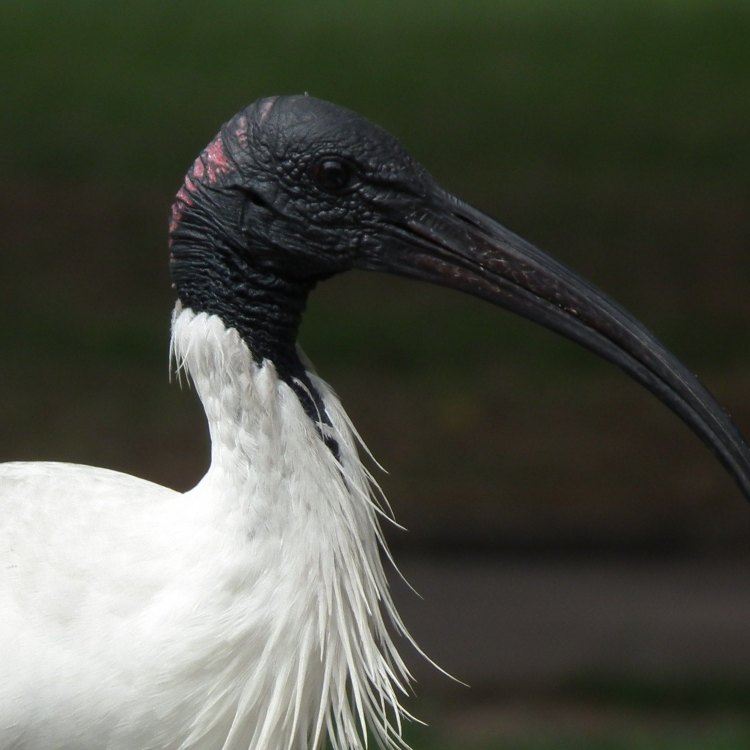
The Fascinating World of Ibis: A Unique Wading Bird
Disclaimer: The content provided is for informational purposes only. We cannot guarantee the accuracy of the information on this page 100%. All information provided here may change without prior notice.

